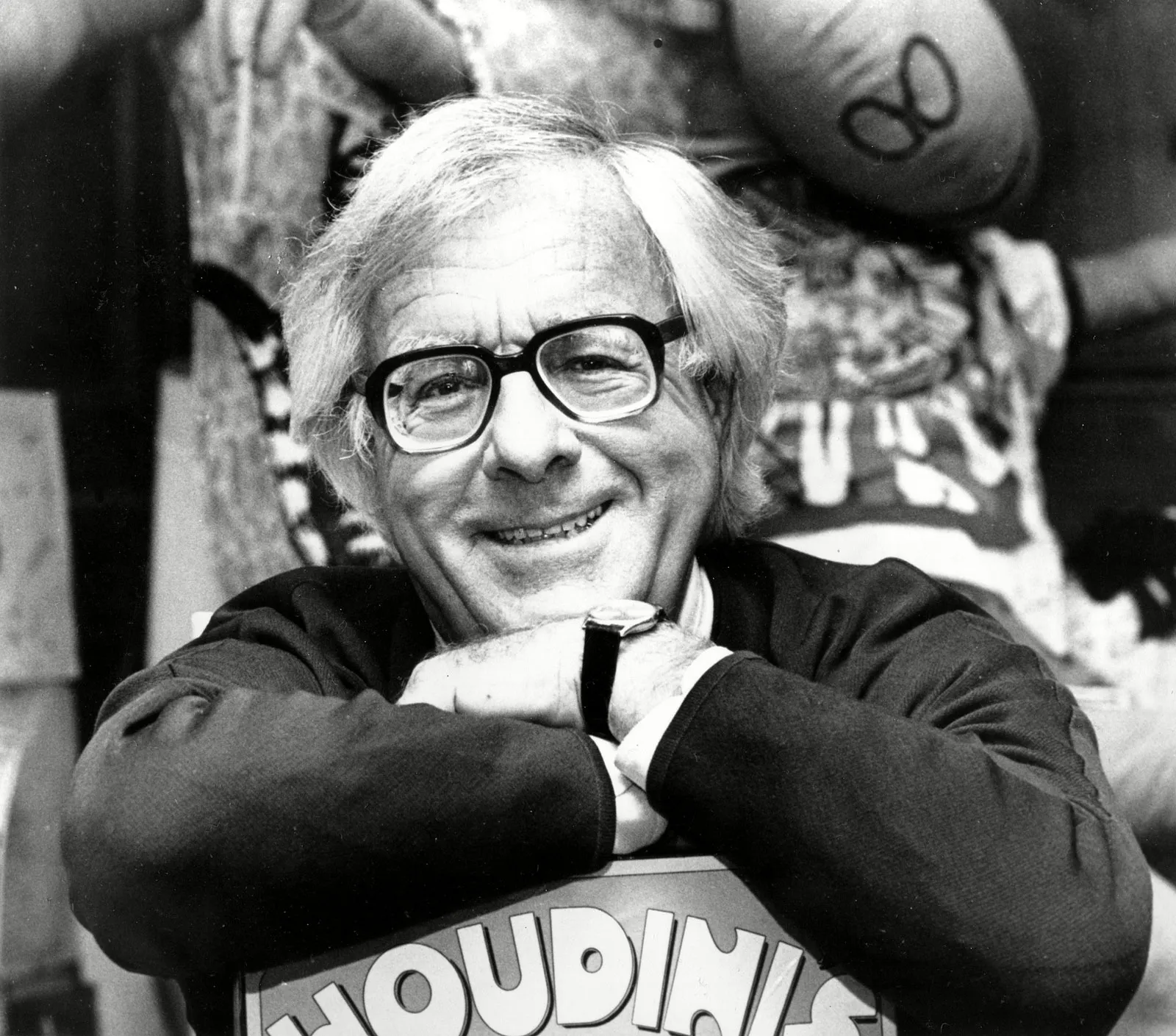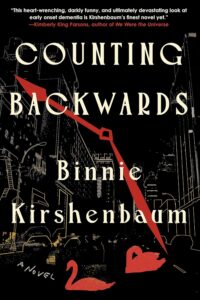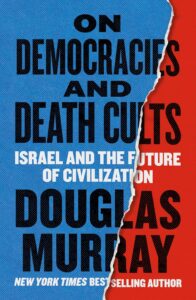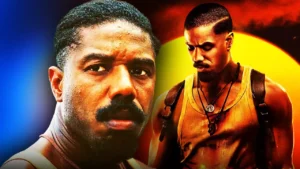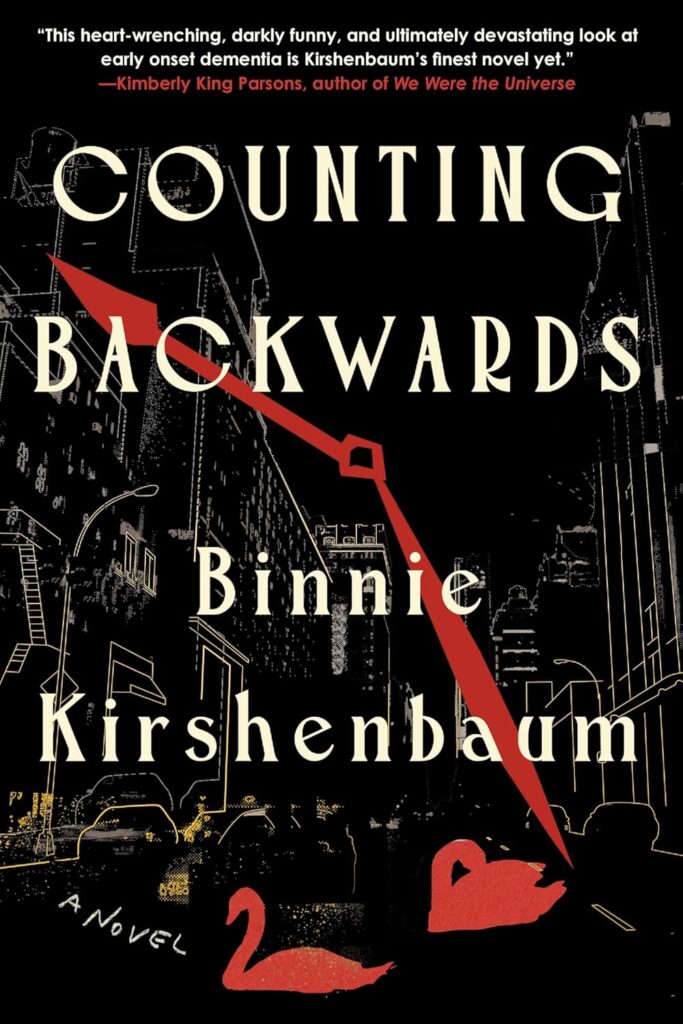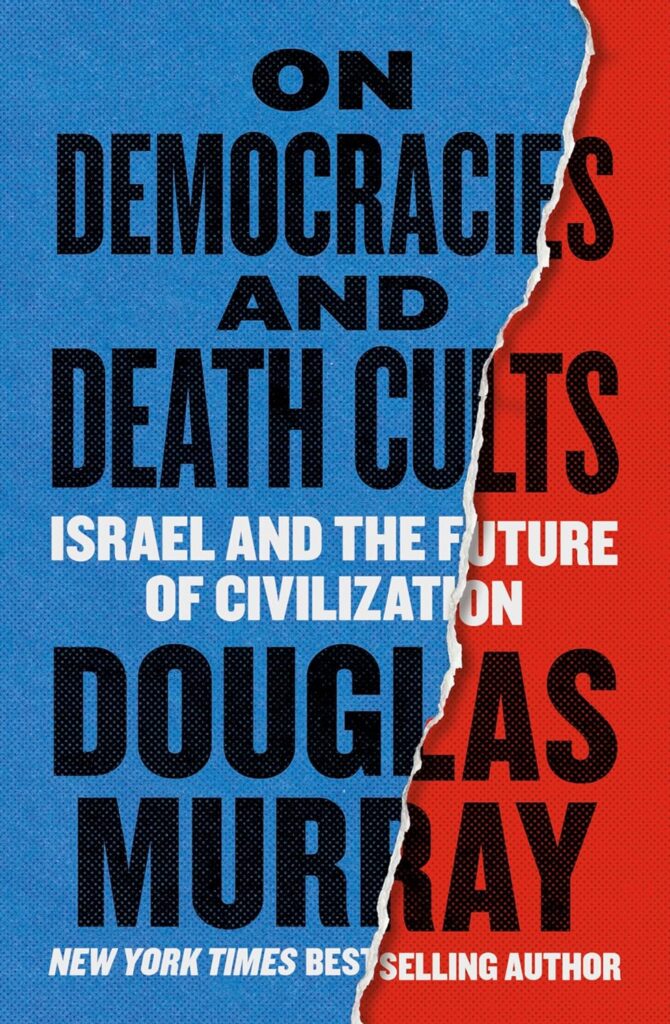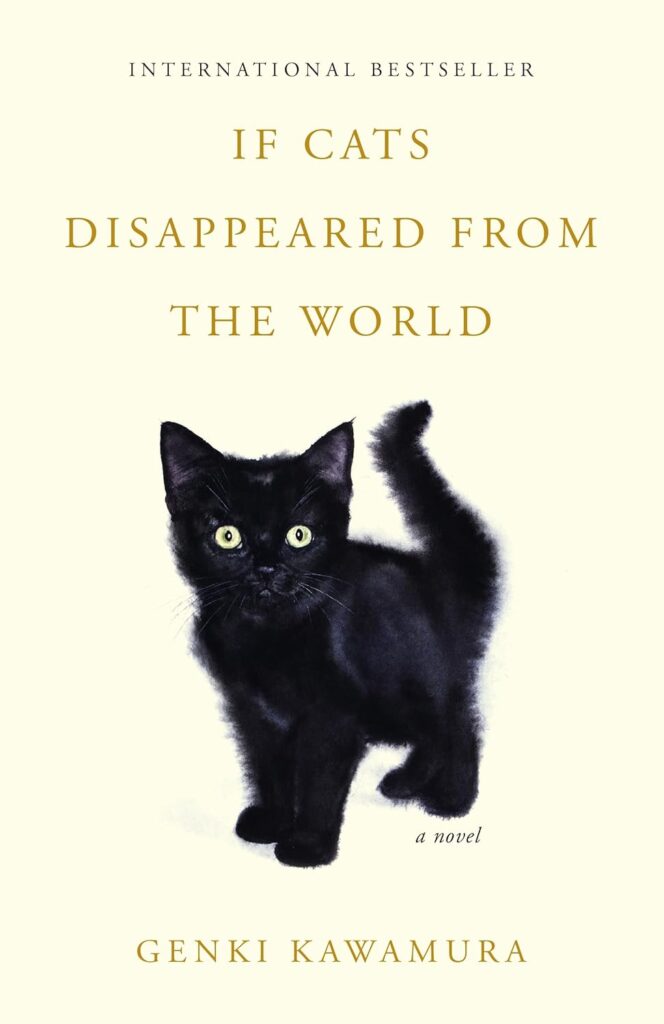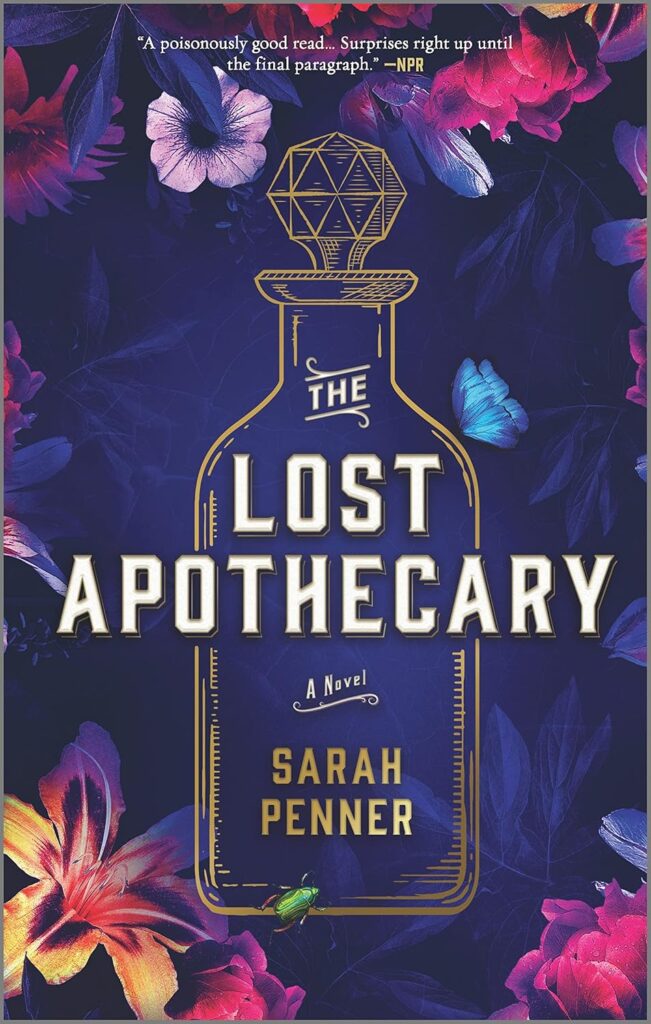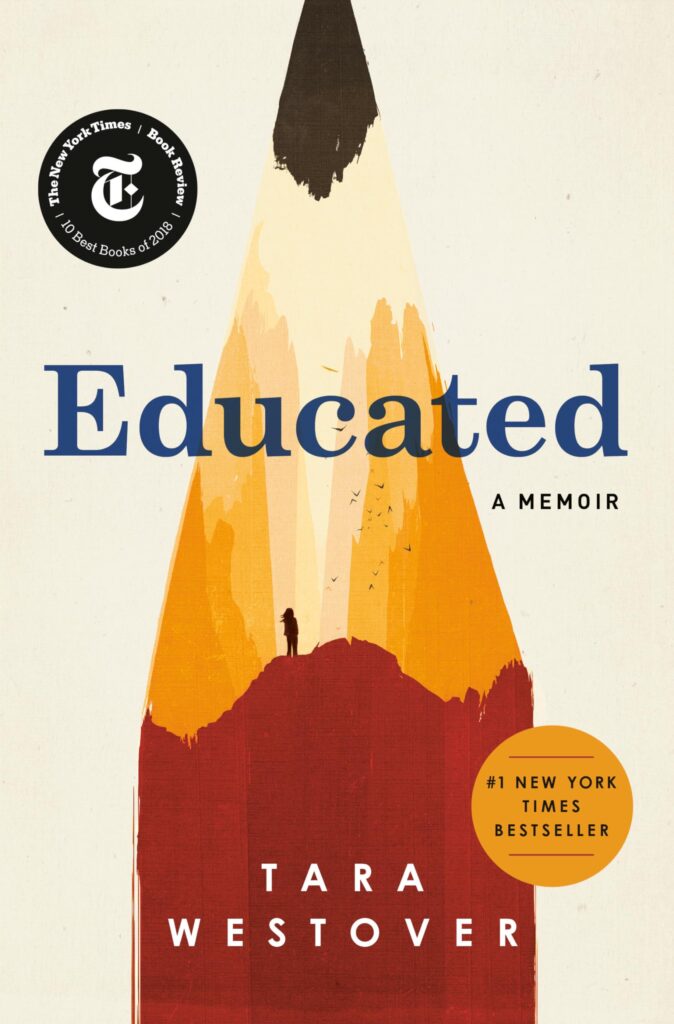Ray Bradbury wasn’t just a writer—he was a conjurer of worlds, a dreamer who turned the impossible into ink and paper. Born in 1920 in Waukegan, Illinois, Bradbury transformed everyday experiences and visionary ideas into literary masterpieces, effortlessly blending science fiction, fantasy, and poetic reflections on humanity. Sure, many authors dabble in imagination, but Bradbury practically trademarked it. With iconic works like Fahrenheit 451—a haunting tale of censorship—and The Martian Chronicles, where space exploration becomes a reflection of human folly, he didn’t just tell stories; he reshaped cultural thought. Over his seven-decade career, Bradbury penned over 400 short stories and nearly fifty books, all brimming with societal insights and timeless wonder. His life is a testament to the power of creativity, and frankly, it’s hard to imagine modern storytelling without his vivid touch. Let’s step into the extraordinary world that he built and see what made him not just a writer, but a literary phenomenon.
Early Life and Influences
Ray Bradbury’s life was nothing short of a fantastical tale, one that seemed destined from the very start. Born on August 22, 1920, in Waukegan, Illinois, young Bradbury grew up surrounded by the magic of small-town life, the kind of enchanting simplicity that would later become the bedrock of his stories. Before he was gifting the world with dystopian warnings and Martian mysteries, Bradbury was just a wide-eyed kid chasing dreams—sometimes literally running after circus performers or getting lost in the pages of pulp magazines. His early life wasn’t just a formative time; it was the template for his future literary universe. Let’s dive into what shaped this imaginative powerhouse.
Table of Contents
Growing Up in Waukegan
Waukegan wasn’t just any town—it was Bradbury’s personal wonderland, though I doubt the town knew it was fostering one of literature’s brightest stars at the time. Nestled along Lake Michigan, the city had a quaint, magical aura that came alive in Bradbury’s works. In his stories, Waukegan often became “Green Town,” a charming yet melancholic setting where nostalgia and fantasy collided. You didn’t have to squint too hard to realize that Green Town wasn’t a figment of his imagination—it was Waukegan through and through.
Childhood in Waukegan was all about exploration. Picture it: giant oak trees, winding sidewalks, and an endless supply of curiosity. Bradbury spent hours soaking up tales from the books at Waukegan Public Library, feeding his fascination with all things extraordinary. When he wasn’t buried in literature, he was discovering his love for storytelling in the most unexpected places, like the carnival that rolled into town. That’s where he met ‘Mr. Electrico,’ a magician who once tapped him on the nose with an electrified sword and commanded him to “live forever.” Now, I don’t know about you, but if a magician told me that, I’d probably still be searching for a time machine. For Bradbury, though, it was less about time travel and more about the immortality of ideas—a concept he carried into his writing.
The influence of Waukegan on Bradbury’s work cannot be understated. It’s the soul of Dandelion Wine and the eerie backdrop of Something Wicked This Way Comes. The town wasn’t just his childhood home; it was his muse, his microcosm of human drama, adventure, and wonder—wrapped in a small-town Americana shell.
For more about his connection with Waukegan, check out this timeline from the Ray Bradbury Center.
Early Literary Inspirations
Bradbury’s imaginative genius might seem like a marvel of nature, but trust me, it was also a product of nurture. He didn’t wake up one day and dream up Fahrenheit 451 out of thin air—he was fueled by a heady cocktail of pulp stories, fantastical authors, and one particular genre he couldn’t get enough of: science fiction. Think about it like this—if creativity were a recipe, Bradbury’s included a pinch of Jules Verne, a dash of Edgar Rice Burroughs, and a heaping spoonful of L. Frank Baum.
You probably know L. Frank Baum as the wizard behind The Wizard of Oz, and Bradbury adored his blend of whimsy and social commentary. Jules Verne? The guy who made undersea adventures cool before submarines were even mainstream. Add to that the wild, gripping tales of Edgar Rice Burroughs’s John Carter of Mars, and you begin to understand why Bradbury’s mind was constantly soaring to other worlds. Those stories weren’t just entertainment—they were fuel. They told Bradbury, in no uncertain terms, that there was magic lurking in the ink of every pen.
Bradbury didn’t just read these stories; he absorbed them into his DNA. Later in life, those influences would explode onto the page in the form of poetic lyricism and vivid imagery. Every ray-gun battle and Martian vista in The Martian Chronicles echoed Burroughs’s adventures on Barsoom. Every nostalgic sigh in Dandelion Wine carried Baum’s whimsical fingerprints.
It wasn’t just books, though. Young Ray had a love affair with Hollywood, but not in the way you’d think. He was obsessed with horror films and thought Boris Karloff was as iconic as Abraham Lincoln (and let’s be honest, who can blame him?). The dramatic flair of those old films seeped into his storytelling style, which often rides the line between the theatrical and the poetic.
Bradbury’s early inspirations are a reminder that great art doesn’t exist in a vacuum. His legacy is a patchwork quilt of the stories, authors, and genres that came before him—stitched together with his unique twist. Want to know more about his favorite childhood reads? This biography on Bradbury’s influences dives deeper into the authors who shaped his creative voice.
Bradbury once said, “You fail only if you stop writing.” And let me tell you, the man never stopped—not once. His spark? It came from an endless cascade of early passions, genres, and authors who handed him the keys to the kingdom of imagination. Pretty neat, huh?
Rise to Fame
Ray Bradbury’s ascent to literary stardom didn’t happen overnight. It was a gradual evolution—much like watching a seed sprout into a towering oak tree. He started small, penning stories for fan magazines and carving his niche in the world of science fiction, fantasy, and speculative fiction. But his early works, infused with his unique voice and imaginative prowess, hinted at the beacon he was destined to become. Let’s break down his journey from the shadows to the spotlight.
Publishing Career Origins
The foundation of Bradbury’s career was laid with the precision of a master architect, assembling words that would later become bricks in the mansion of modern literature. His first published collection of stories, Dark Carnival (1947), was a gathering of haunting tales that showcased his fascination with the eerie and the macabre. Published by Arkham House, it didn’t just sell books; it introduced the world to a rising talent who had an uncanny knack for transforming seemingly simple stories into deeply engrossing works. If you’re unfamiliar, Dark Carnival was brimming with unforgettable narratives; for instance, “The Jar” and “The Scythe” are standout tales still praised today. You can explore more about Dark Carnival here.
But Bradbury wasn’t content with just sitting on the fringe of mainstream success. His contributions to major publications like The New Yorker marked a new chapter in his career. Suddenly, he wasn’t just a writer relegated to niche audiences—he was a voice that transcended genres and appealed to a wider literary audience. Who could have predicted that someone enamored with carnivals and Martians would find himself in the hallowed pages of The New Yorker? It was as if a kid with roller skates stumbled onto the red carpet of highbrow literary critique.
By the time his stories were being featured in esteemed outlets like Esquire and The Saturday Evening Post, it became clear: Bradbury wasn’t just participating in literature; he was, in a quiet way, revolutionizing it.
Breakthrough Works
If Dark Carnival helped Bradbury find his footing, then The Martian Chronicles (1950) and Fahrenheit 451 (1953) sent him catapulting into the stratosphere of literary greatness. These were the works that solidified his reputation not just as a sci-fi writer, but as a cultural commentator who used speculative fiction as a mirror for society.
Take The Martian Chronicles, for instance—a book that’s less about Martians and rocket ships and more about humanity’s failures and follies. It tackles colonization, environmental disregard, and even racism through narratives that are both poetic and chillingly relevant. In one story, settlers treat Mars as a land to be consumed and exploited, while in another, the native Martians quietly vanish, leaving behind a haunting silence. If you want to explore the nuanced themes Bradbury tackled, check out this article on censorship and societal issues in The Martian Chronicles.
Then there’s Fahrenheit 451, arguably Bradbury’s magnum opus. This wasn’t just a book—it was a warning. At its heart, Fahrenheit 451 examined the dangers of censorship and the erosion of free thought in an age of passive entertainment. It spoke directly to the anxieties of a post-WWII world but somehow feels even more prescient today. Written with the urgency of someone who truly believed ideas could save the world, Bradbury’s dystopian vision captivated readers—and, let’s be honest, scared the heck out of them, too. For more insights, this examination of Fahrenheit 451 as social criticism delves into its enduring relevance.
Both works are united by Bradbury’s signature style: evocative imagery, poetic prose, and an uncanny ability to make even the most futuristic settings feel deeply personal. Through these stories, Bradbury didn’t just write about aliens and authoritarian regimes; he dissected the human condition with the precision of a surgeon wielding a laser scalpel. What’s even more remarkable is his knack for tackling heavy themes—fear of technology, loss of individuality—without ever sounding preachy. He invited readers to think without telling them how to think, which is perhaps why his appeal has endured for decades.
Bradbury’s rise to fame wasn’t about flashy gimmicks or pandering to trends; it was about crafting stories that resonated, challenged, and sparked wonder. One could even argue that what Bradbury wrote wasn’t literature at all—it was prophecy.
Bradbury’s Unique Writing Style
Ray Bradbury’s writing style is like stepping into a kaleidoscope of the sublime and the surreal. His sentences feel alive, breathing poetry, wonder, and a touch of the macabre. He had a way of painting an image so vivid, you’d swear you could feel the Martian sand between your toes or hear the crackle of forbidden books burning. His genius wasn’t just in writing stories; it was in creating an experience, where genres blurred and every word dripped with emotion. Let’s unpack what makes his style so inimitable.
Blending Genres
Bradbury’s storytelling is a genre-hopping masterpiece, blending fantasy, horror, and science fiction into a concoction that’s both intricate and accessible. Think about it: most writers stick to one lane, but Bradbury? He treated genres like a buffet, sampling every dish and somehow making an entirely new cuisine.
Take The Martian Chronicles, for instance. On the surface, it’s a science fiction tale about colonizing Mars. Dig deeper, though, and it’s a chilling reflection on imperialism and humanity’s destructive tendencies. The same goes for Something Wicked This Way Comes, a dark fantasy laced with horror elements that explore aging, fear, and the seduction of power. Bradbury even went full dystopian with Fahrenheit 451—but couldn’t resist sprinkling in poetic reveries about books and human creativity.
What makes this merging so brilliant is how Bradbury never alienated readers who might not typically pick up “genre fiction.” He had that rare gift of being highbrow and relatable at the same time, injecting literary artistry into even the most fantastical settings. By doing so, he didn’t just write stories; he crafted bridges between genres. It’s no wonder scholars and casual readers alike can’t stop revisiting his work. For more analysis on his genre-bending style, check out this writing style breakdown.
Themes of Nostalgia and Progress
Few authors have captured the push-and-pull of forward motion and a longing for the past as poignantly as Bradbury. At his core, he was both a documentarian of simpler times and a critic of runaway progress. It’s a paradox that defined him: was he a futurist peering into the tech-infused unknown, or an old soul yearning for Green Town and its dandelion wine?
Nostalgia is a cornerstone of Bradbury’s work. In Dandelion Wine, he offers a semi-autobiographical love letter to childhood summers, where every moment was magical and bittersweet. And then there’s Something Wicked This Way Comes, which captures the darker underbelly of longing—how our desires, left unchecked, can turn sinister. In these stories, he explores the pure joy of simpler days while acknowledging our tendency to romanticize what’s gone.
But Bradbury didn’t limit himself to the idealized yesteryears. He subjected humanity’s future to his sharp gaze, grappling with the dehumanizing effects of technology and unchecked progress. Case in point: Fahrenheit 451. That novel isn’t just about censorship; it’s a profound critique of what happens when we trade authentic experiences for convenience. Bradbury didn’t have a smartphone or binge-streaming platforms, but he nailed our modern addiction to passive entertainment. The guy was practically psychic.
What’s fascinating is how these two themes—nostalgia and progress—weren’t at odds in Bradbury’s work. Instead, they formed a conversation. He reminded us that while we chase forward momentum, we mustn’t forget the beauty of the moments that got us here. As one scholar aptly puts it, Bradbury was a “prophet of nostalgia,” uniquely positioned to celebrate the past while considering the moral and spiritual cost of the future. You can read more about this idea in this analysis of Bradbury’s approach to nostalgia.
If Bradbury’s writing teaches us anything, it’s to embrace the contradictions in life. Feel free to idolize the past—and be wary of the future. After all, it’s not about choosing one over the other; it’s about making sure we don’t lose our humanity in the process.
Legacy and Cultural Impact
Ray Bradbury might have passed on, but his impact reverberates as brightly as a rocket blazing across the Martian sky. His name is synonymous with shaping the way we think about storytelling, society, and what it means to dream beyond the stars. From captivating screen adaptations to a trophy cabinet overflowing with honors, and an enduring influence on contemporary writers, Bradbury cemented himself as a creator for the ages. Let’s dive into what makes his legacy not just memorable, but downright immortal.
Adaptations and Screenwriting
When it comes to storytelling, Bradbury didn’t limit himself to the confines of a book. Nope, the man took his tales to the screen—the big and small—and left an indelible mark. His anthology television series, The Ray Bradbury Theater, ran for six seasons and adapted 65 of his short stories. It wasn’t your average TV show, though. Bradbury himself was deeply involved, introducing each episode like a literary master opening a well-worn tome. If you’ve ever found yourself mesmerized by tales of technology gone awry or human frailties laid bare, chances are you owe a nod to this series. Want a starter list of his adaptations? Find it here.
And let’s not ignore his towering achievement: the screenplay for John Huston’s 1956 adaptation of Moby Dick. How does an author known for poetic science fiction tackle a sprawling maritime classic? Brilliantly, apparently. Bradbury managed to capture the obsessive madness and existential dread of Moby Dick while infusing it with his signature style. As he once joked, working with Huston was like being on the Pequod itself—a tempestuous journey, but ultimately worth every crashing wave of inspiration.
Some of Hollywood’s most intriguing adaptations stem from his works. From the haunting Fahrenheit 451 films (1966 and 2018) to the nostalgic eeriness of The Electric Grandmother, his stories have leaped from the page to reel with unmatched grace. Learn more about the full scope of Bradbury’s screen legacy here.
Honors and Awards
If Bradbury walked into a room today, you’d need a wheelbarrow for all his accolades. The man wasn’t just celebrated—he was revered. In 2004, he crowned his legacy with the National Medal of Arts, the highest honor given to artists by the United States government. It’s as if Uncle Sam himself decided Bradbury’s work wasn’t just great—it was essential.
And then there’s the 2007 Pulitzer Prize Special Citation. Let me pause here. A Pulitzer. That’s like being knighted in the literary world, only without the sword-tapping ceremony (though with Bradbury’s flair for the dramatic, maybe they should’ve done it under a comet-streaked sky). This special citation recognized Bradbury’s contribution to storytelling—his ability to turn words into entire universes.
His treasure chest of awards doesn’t stop there. There’s the O. Henry Prize (twice!), the Daytime Emmy Award, the Bram Stoker Lifetime Achievement Award, and the National Book Foundation Medal for Distinguished Contribution to American Letters. And these are just the headliners. While most of us would be thrilled with a certificate of participation, Bradbury essentially won the literary equivalent of an Olympic gold medal for storytelling. For a deeper dive into his accolades, visit this list of Bradbury’s honors.
Impact on Modern Literature
What’s Bradbury’s lasting influence? Oh, only an entire generation or two of authors—and, by extension, readers—who grew up clutching his books like sacred artifacts. High school curriculums across the nation feature Fahrenheit 451, turning his warning about censorship and intellectual decay into a rite of passage for students. If you didn’t sweat through a classroom discussion on Montag’s internal rebellion, were you even in high school?
But his influence stretches far beyond the classroom. Writers flock to his works like moths to a flame, lured by his lyrical prose and boundless creativity. Best-selling authors like Neil Gaiman and Stephen King openly credit Bradbury as their guidepost, the titan whose shadow inspires them to write better, dream bigger. In many ways, Bradbury built the scaffolding upon which modern speculative fiction rests. Need proof? This analysis of Bradbury’s literary impact captures his role in thrusting science fiction into mainstream respectability.
And then there’s the “butterfly effect” of his work—quite literally, if you’ve read “A Sound of Thunder.” Bradbury’s tales resonate in unexpected ways, even influencing popular culture far outside their original contexts. Movie directors, screenwriters, and even gamers will tell you that their worlds were shaped by scenes and themes lifted straight from his pages. His imprint isn’t just on bookshelves—it’s woven into the stories we consume across every medium. Curious about how far his ripples spread? Take a look here.
Bradbury’s genius isn’t just in what he wrote—it’s in what his writing allowed others to imagine. Whether he was conjuring Martian skies or admonishing us against complacency, Bradbury did what only the greats can: he made us think differently. And as long as stories exist, so too will his legacy.
Conclusion
Ray Bradbury’s life was an odyssey fueled by boundless imagination and an unrelenting curiosity about the human condition. From small-town Waukegan to the vast landscapes of Mars, he saw the extraordinary in the everyday and crafted stories that continue to challenge, intrigue, and inspire. Whether it’s pondering censorship through Fahrenheit 451 or exploring the fragility of humanity in The Martian Chronicles, his works remain as timeless as they are thought-provoking.
Bradbury’s legacy isn’t just about the number of books he wrote or awards he collected—it’s the enduring spark of creativity he ignites in millions of hearts. His blend of nostalgia, poetic beauty, and forward-looking cautionary tales ensures that his stories will forever be a gateway to wonder, reflection, and innovation.
Remember this next time you pick up one of his books: you’re not just reading; you’re stepping into a universe created by someone who believed in the pure, transformative power of imagination. How’s that for a lasting gift?

